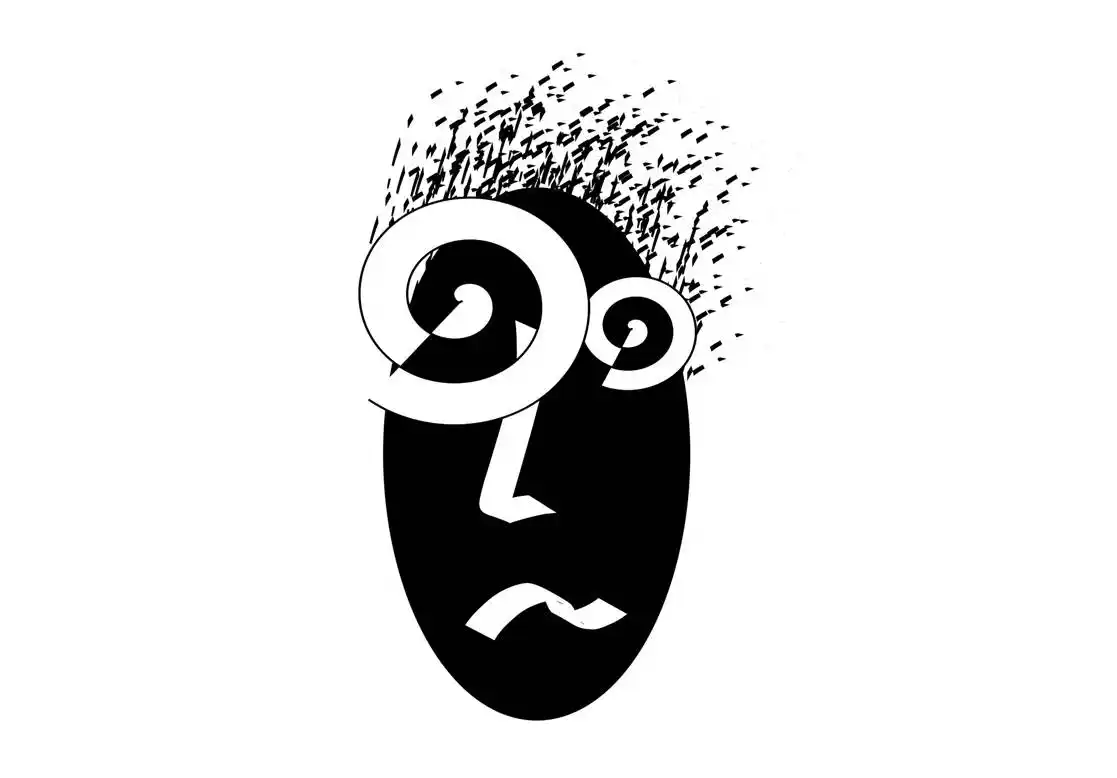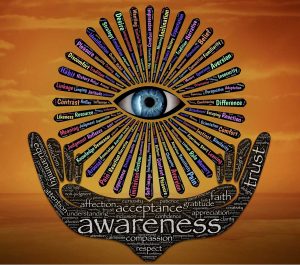Introduction
Are you plagued by intense fears or debilitating anxiousness? Do specific triggers send you into a state of panic and overwhelm? If so, you’re not alone. Fear and anxiousness affect millions of people worldwide, hindering their ability to lead fulfilling and unrestricted lives. However, there is hope. Hypnosis, a powerful approach, has shown remarkable effectiveness in helping individuals overcome fears, fears and manage anxiousness. In this article, we will explore the concept of hypnosis, its role in treating fears and anxiousness, and how it can empower you to break free from the grip of fear.
Understanding Fears: When Fear Becomes Overwhelming
Fears are extreme and irrational reactions to specific triggers. While it’s normal to have fears and anxieties, fears are characterized by a disproportionate response to the trigger. These triggers can vary widely, ranging from common objects like balloons to everyday situations like driving or flying or going to the doctor and fear of needles. Fears can develop in childhood, often stemming from negative experiences or learned behavior. Some fears may also have cultural influences or arise from situations with inherent danger.

Unlocking the Potential of Hypnosis
The state of hypnosis allows for profound changes in the brain, facilitating emotional control and reducing self-consciousness. This heightened state of suggestibility enables individuals to immerse themselves in imaginal situations and experience new beliefs and outcomes. While in a state of hypnosis, individuals can confront their fears in a controlled manner and gradually desensitize themselves to the triggers.
The Role of Imaginal Exposure
Imaginal exposure, a technique employed during hypnosis, enables individuals to confront their fears through the power of imagination. By repeatedly placing themselves in the previously fearful situation, they can gradually rewire their mind and transform their physical response. As desensitization occurs, the fight-or-flight response gives way to a calmer reaction, empowering individuals to navigate their fears with greater ease.
Hypnosis for Anxiousness: Unraveling the Web of Worry
Anxiousness can be debilitating, affecting every aspect of a person’s life. Hypnosis offers a multifaceted approach to anxiousness treatment, combining relaxation techniques, guided imagery, and positive hypnotic suggestions to reprogram the subconscious mind and alleviate anxiousness symptoms.
The Initial Assessment: Understanding Your Anxiousness
During the initial assessment, the Professional Hypnotist will gather information about your anxiousness symptoms, triggers, and past experiences. This comprehensive evaluation helps the Hypnotist tailor the hypnosis sessions to address your specific needs effectively. It is crucial to communicate your desired outcome from the treatment, whether it’s feeling relaxed in triggering situations or overcoming specific anxiousness-related challenges.
Journeying into Hypnosis: The Power of the Trance State
In the actual hypnosis sessions, the Hypnotist induces a hypnotic trance, guiding you into a state of deep relaxation and heightened awareness. Through various techniques, such as post-hypnotic suggestions, anchoring, and memory regression, the Hypnotist helps you navigate the underlying causes of anxiousness and develop new coping mechanisms.
Harnessing the Potential of Post-Hypnotic Suggestions
While in a hypnotic state, individuals are more receptive to positive suggestions. The Hypnotist delivers empowering statements and affirmations that promote relaxation, confidence, and resilience. These suggestions, framed in the present tense, help rewire the subconscious mind and establish new patterns of thinking and responding to anxiousness triggers.
Anchoring: Creating Your Inner Safe Haven
Anchoring is a technique that allows individuals to create their own positive triggers for desirable outcomes. While in trance, the Hypnotist guides you to a state of deep relaxation and safety, then instructs you to associate those feelings with a specific phrase, place, or physical gesture. By activating the chosen anchor in the future, you can instantly access the desired state of relaxation and ease, effectively counteracting anxiousness.
Exploring Memories: Rewriting the Narrative
anxiousness
Chronic anxiousness and fear often have roots in past negative experiences. In hypnosis, memory regression can be utilized to revisit these memories with newfound resources and perspectives. By re-experiencing the event from a place of strength and resilience, you can rewrite the narrative and diminish the impact of past traumas on your present anxiousness.
The Transformative Potential of Hypnosis
Hypnosis has the potential to create profound transformation in individuals struggling with fear and anxiousness. While some individuals may experience rapid improvements after just a few sessions, others may require ongoing work with their consulting hypnotist. In general, a multi-modality approach, incorporating hypnosis, CBT, and exposure therapy, can yield significant results in a relatively short period.
If you’re considering hypnosis for fear or anxiousness, it’s crucial to seek a qualified and experienced consulting hypnotist.
Conclusion
Fears and anxiousness can be paralyzing, robbing individuals of the freedom to fully engage in life. However, hypnosis offers a powerful approach to overcoming these challenges. By harnessing the potential of the subconscious mind, hypnosis empowers individuals to confront their fears, reframe their beliefs, and develop effective coping mechanisms. If you’re ready to break free from the grip of fear and anxiousness, consider exploring the transformative potential of hypnosis. Take the first step towards a life of freedom, resilience, and inner peace.




